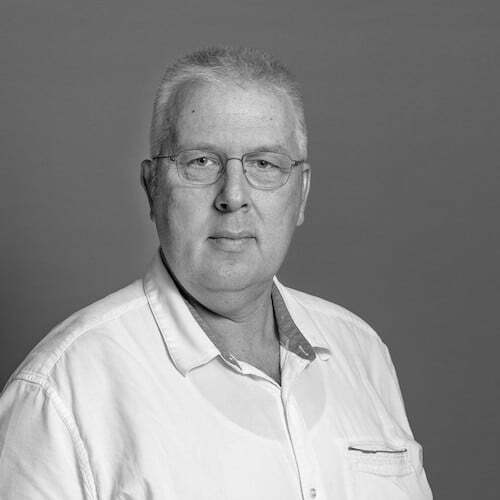About PAR
Circular thinkers
Project Active Rubber BV is a young, innovative company that focuses on sustainable solutions for recycling End-Of-Life industrial rubber products.
We recycle end-of-life rubber tracks and turn them into sustainable rubber powder which in turn serves as a raw material for the manufacture of new rubber products.
Through our unique rubber recycling process, we have been able to economically recycle rubber tracks into a high-quality rubber powder that can be fully reused.
High-quality reuse of rubber reduces CO2 emissions, prevents environmental pollution, and also meets the growing need for rubber as a raw material.

Why?
End-Of-Life (EOL) rubber products, in addition to being a burden on the environment, are also a source of valuable raw materials that can be reused.
How?
Through mechanical recycling, rubber waste is transformed into the final product: the reusable raw material in the form of rubber powder.
What?
Our goal is to roll out recycling factories on an international scale to produce the raw material rubber powder in order to save the environment and reuse scarce raw materials.

Luc Verschueren
Technical Director / Co-owner
Chemical engineer, extensive experience in process technology, specialist in water purification, drying technology, hands-on manager, builder, material knowledge.

Jan Piet Zuidema
Operational Director / Co-owner
Mechanical engineer, practical inventive manager, strong in execution, solution oriented, decisive, experience with pilot plant rubber recycling Almere.
Frequently asked questions
Is your rubber vulcanized or devulcanized?
Our rubber powder is still vulcanized, but it is so fine that it can be added to virgin rubber in very large amounts.
What do I have to pay if I turn in EOL rubber products such as tracks?
The prices per ton are market prices and they can vary. Currently (2021) between €140 and €180 per ton plus transport costs.
Why do you choose mechanical recycling and not chemical recycling?
Chemical recycling, including pyrolysis, requires more energy. Mechanical recycling is less energy intensive and the recycled powder can be added to virgin rubber while maintaining quality. As a result, the carbon footprint is much smaller.
When water jetting, isn't there a lot of use of water, and isn't that polluting?
What chemicals do you use for the process?
Only water is used in the overall process, no chemicals. The water is recycled as much as possible.
What are the particle sizes of your powder?
What is the difference in product between shredding and water jetting?
Why are you guys starting with tracks and not doing car tires yet?
Most car tires are shredded. Tracks (and other technical rubber products) cannot be shredded due to their shape and composition (blocks of steel). For this reason, they are burned, used for landfill and/or transported outside of Europe. Project Active Rubber can solve this problem.
